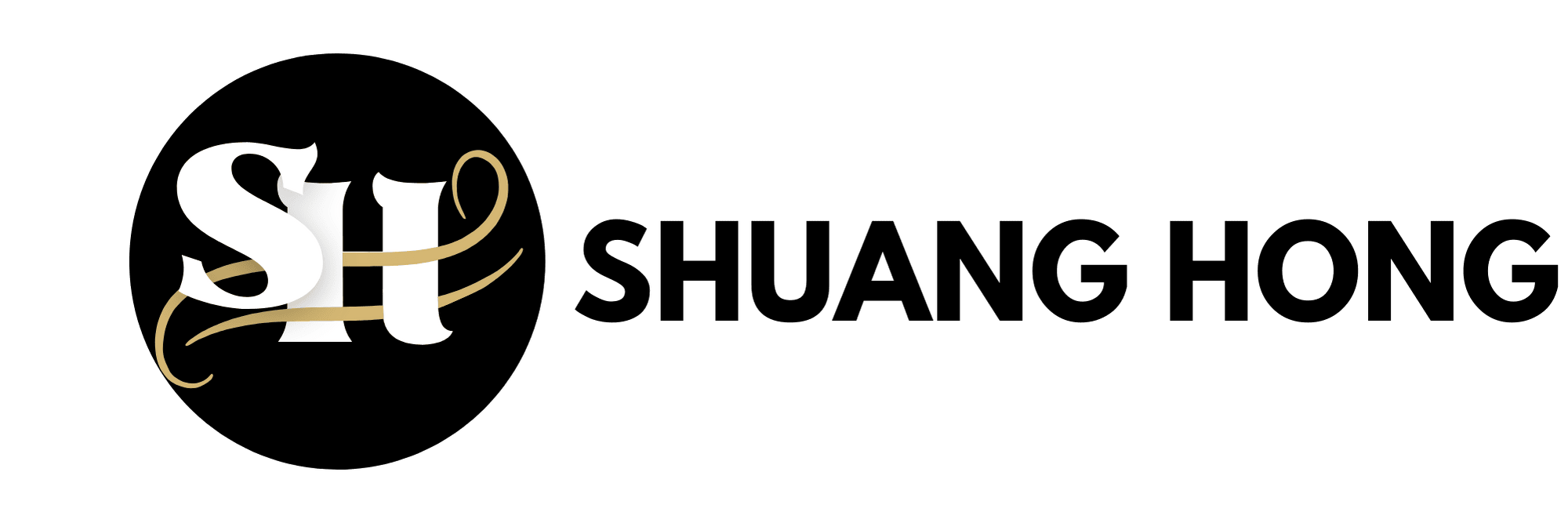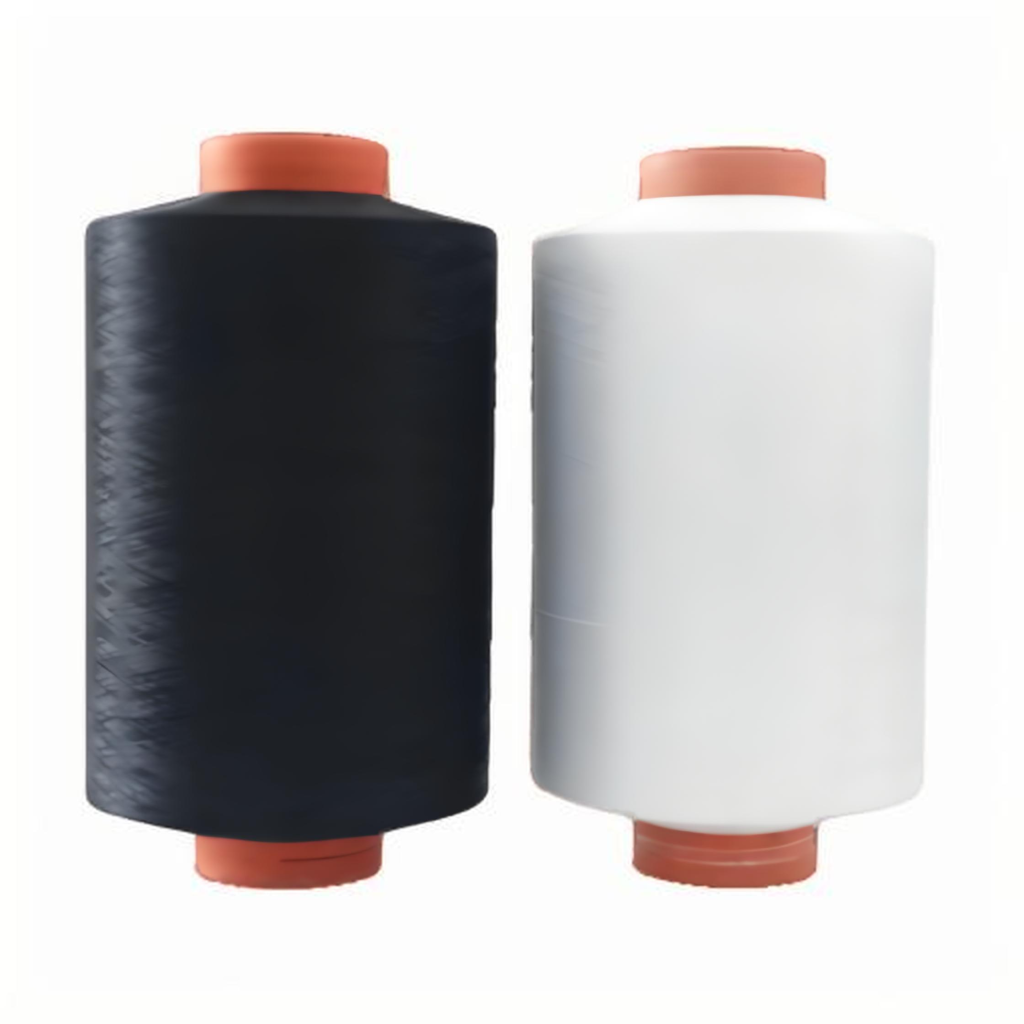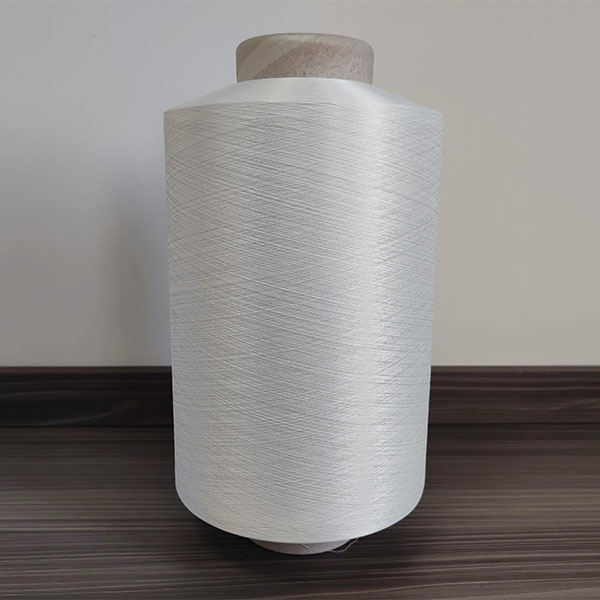Discover high-quality polyester spun yarn designed for durability and versatility. Our yarns offer excellent strength, wrinkle resistance, and easy care. Suitable for a wide range of applications, from apparel to home textiles. Enhance your textile projects with our reliable polyester spun yarn, perfect for creating long-lasting products.
Market Overview: Why 폴리에르스터 방적사 Remains Essential
Across apparel, home textiles and fast‑growing technical segments, 폴리에르스터 방적사 continues to dominate the global fibre mix thanks to its cost‑efficiency, mechanical strength and blend‑ability with cotton, viscose and recycled PET. In 2024 the yarn’s share of total staple yarn consumption hovered near 55 percent, and projections still show moderate annual growth as brands search for affordable, versatile inputs that can also meet tightening sustainability metrics.

Polyester spun yarn Suppliers
Polyerster spun yarn Global Policy Shifts Shaping Supply and Demand
United States – Defense of Domestic Producers
In April 2025 the U.S. Department of Commerce completed its first sunset reviews and decided to keep both antidumping (AD) and countervailing‑duty (CVD) orders on polyester textured yarn from China and India. Although the measures target textured filament rather than staple, they send a clear signal that Washington is prepared to retain protective duties if subsidisation or dumping is likely to recur. Staple‑yarn exporters should therefore plan for possible spill‑over cases in the spun‑yarn segment and monitor any petitions filed by U.S. mills.
European Union – From Ecodesign to Extended Producer Responsibility
The EU’s Strategy for Sustainable and Circular Textiles is moving rapidly from white paper to binding law. Draft Ecodesign for Sustainable Products Regulation (ESPR) texts specify minimum recycled‑content targets and durability tests for synthetic staples, while amendments to the Waste Framework Directive introduce mandatory extended‑producer‑responsibility (EPR) fees that will ultimately be passed back to yarn suppliers. Brands selling inside the bloc are already asking mills for full fibre‑to‑fibre recyclability data and micro‑plastic‑shedding test results.
India – Quality Control Orders (QCOs) and Import Curbs
New Indian Quality Control Orders require Bureau of Indian Standards (BIS) certification for 100 percent polyester grey and white spun yarn (IS 17265). Implementation has been deferred several times, most recently to October 2023, but Delhi maintains that full enforcement is imminent. Parallel import‑monitoring measures and modest antidumping duties on cheaper Asian supplies are already lifting domestic operating margins by 100–150 bps according to CRISIL, signalling both opportunity and compliance cost for foreign suppliers.
Vietnam – Ongoing Anti‑dumping Reviews
Hanoi has launched a second interim review of anti‑dumping duties on Chinese polyester filament yarn; the scope could be widened if domestic spinners press for broader coverage. 폴리에르스터 방적사 exporters should prepare cost‑breakdown dossiers and environmental‑performance records in case staple products are drawn into future actions.
China – Cleaner Production and Carbon‑Reduction Mandates
Beijing’s cleaner‑production standard for chemical‑fibre producers and its 2024‑25 carbon‑reduction action plan emphasise energy‑intensity cuts and upgraded environmental equipment. New guidelines released in March 2025 also call for smart, low‑carbon retrofits across the polyester chain. Spun‑yarn mills that can document reduced CO₂‑per‑kilogram and closed‑loop water recycling are better positioned to retain export licences and win business from sustainability‑driven brands.

Wholesale Polyester spun yarn
Polyerster spun yarn Sustainability Imperatives: Recycled Content and Circularity
Because most incoming regulations focus on waste reduction, brands are asking for certified recycled grades such as r‑PET blended Polyerster spun yarn. EU draft texts point to minimum recycled‑content thresholds of 25 percent by 2030, while China’s industry‑road‑map calls for “large‑scale, low‑cost chemical recycling” of polyester fibre. Mills investing early in depolymerisation technology or sourcing post‑consumer flakes can capture this premium segment.
Trade and Tariff Dynamics: Mitigating Cost Volatility
Persistent AD/CVD frameworks, QCO‑related testing fees and potential carbon‑border adjustments in Europe add layers of cost to 폴리에르스터 방적사. Hedging strategies now require not only raw‑material swaps for PTA/MEG but also forward planning for compliance fees and differential tariffs. Building multi‑country origin portfolios—e.g., Indonesia for duty‑free GSP access to the EU or Mexico for USMCA preferences—helps balance exposure.
Quality, Certification & Traceability
BIS marks, OEKO‑TEX® Standard 100, Global Recycled Standard (GRS) and soon the EU Digital Product Passport form a widening ecosystem of labels. Mills should digitise batch‑level data—energy, water, GHG, fibre origin—and share it through QR‑code‑enabled dashboards. Such transparency is becoming a prerequisite for long‑term supply agreements involving 폴리에르스터 방적사.
Innovation and Product‑Development Opportunities
Regenerative elastomer blends, dope‑dyed low‑pilling fibres and bio‑based PTA precursors all help meet the twin goals of performance and lower emissions. Trials show that enzyme‑finished 폴리에르스터 방적사 can reduce micro‑fibre release by up to 35 percent, supporting EU micro‑plastic targets. Backlighting this with life‑cycle‑assessment data gives marketers credible claims.
Risk Management and Strategic Recommendations for Manufacturers
* Establish dual‑track certification cells covering both BIS and EU EPR paperwork.
* Invest in on‑site solar or green‑power PPAs to align with Scope 2‑reduction pledges.
* Adopt blockchain‑enabled bale‑to‑box traceability to stay ahead of digital passport rules.
* Create policy‑watch task forces that scan gazetted notices weekly and simulate duty scenarios for every shipping lane.
Case Study: textilessupplychain’s Path to Policy‑Ready Excellence
At textilessupplychain the 2024 retrofit programme replaced conventional boilers with biomass gasifiers, cutting Scope 1 CO₂ by 28 percent. A new dope‑dye line eliminates post‑dye effluents altogether, positioning the firm as a leading low‑impact supplier of 폴리에르스터 방적사 to European athleisure brands.
Outlook 2025 – 2030: Posture for Competitiveness
Demand growth is migrating toward recycled and bio‑based variants, but price competition will intensify as duty barriers fragment markets. Mills that integrate circular feedstock, maintain agile origin portfolios and master multi‑jurisdictional compliance will secure the most resilient margins.

폴리에스터 방적사 30S
The policy climate for 폴리에르스터 방적사 is no longer defined solely by headline tariffs or raw‑material swings. Instead, an intertwining web of trade defence, product‑safety, waste‑management and climate rules is reshaping competitive advantage. For U.S.‑bound shipments, retaining antidumping legal counsel and building subsidy‑free cost models is prudent.
Within the European Union, demonstrating recycled content, low‑shedding performance and EPR readiness opens doors to buyers now scrambling to pre‑qualify compliant suppliers ahead of 2027 fee roll‑outs. In India, the Quality Control Order should be viewed less as a trade barrier than as a quality‑signal that can differentiate certified mills from informal competitors, just as Vietnam’s reviews underscore the value of forward‑looking environmental records in antidumping defence.
China’s push for cleaner production and aggressive carbon‑reduction targets will raise domestic costs but also foster technology that can be exported alongside yarn.
textilessupplychain has shown that proactive adaptation pays: early certification, transparent LCA data and bold investment in green equipment have already attracted higher‑margin contracts.

원사별
주요 제품
-
 DTY 100D/144F 폴리에스터 원사
DTY 100D/144F 폴리에스터 원사DTY 100D/144F 폴리에스터 원사 : 궁극의 가이드 ...
-
 DTY 100D/96F 폴리에스터 원사
DTY 100D/96F 폴리에스터 원사DTY 100D/96F 폴리에스터 원사 : 부드럽고 안정적인 S ...
-
 DTY 75D/144F SIM 폴리에스터 원사
DTY 75D/144F SIM 폴리에스터 원사DTY 75D/144F SIM 폴리에스터 원사: 최고의 선택 ...